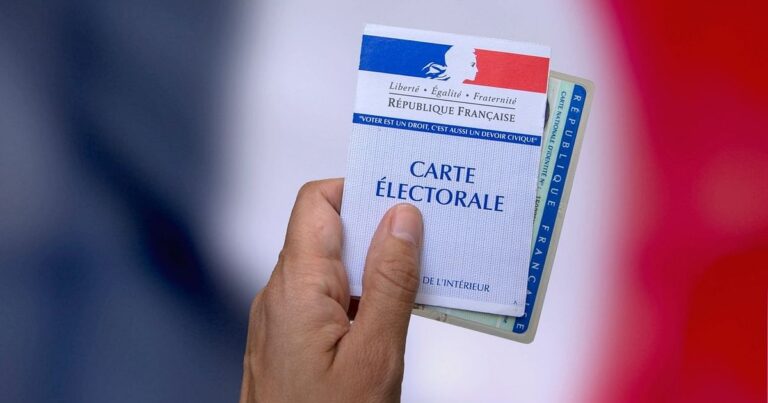Following his loss in the EU elections to Marine Le Pen’s far-right party, French President Emmanuel Macron has gambled on his own political future by dissolving the current French National Assembly and calling for new elections.
But how exactly will these elections be conducted, who are the key players, and what does Macron hope to gain from these early elections?
Two French national elections
France holds two national elections in which the public can vote: presidential and parliamentary.
of French Presidential Election It is a simple election of candidates. Usually, there are two rounds of voting. In the first round, all candidates are voted for.
The candidate who receives a majority is immediately elected President. If no candidate receives a majority, there is a second round between the two candidates with the highest number of votes. The winner is elected President for a five-year term.
of French parliamentary elections It is similar to the system followed by India: elections are held between different political parties, with each constituency in the country and overseas territories choosing a candidate to represent them in the French National Assembly.
577 members are elected to the National Assembly. A political party needs a majority of 289 to form the executive branch and elect the prime minister. Elected representatives serve for five years.
In France, elections take place on Sundays, campaigning stops on Fridays and predictions about the winner are only allowed after voting has closed.
Polling stations are open to all French citizens over the age of 18 who are registered on the electoral roll.
Who are the key players in France?
There are currently two major political parties campaigning in France.
The first is the ruling Renaissance (RE), or formerly known as En Marche!, which holds majorities in France’s lower house, the National Assembly, and the upper house, the Senate, as well as the presidency, and is the party to which Macron belongs.
They are the party that overturned the two-party system of the left-wing Socialist Party and the right-wing Republican Party in 2017 and established themselves as a liberal centrist party.
The opposition is Marine Le Pen and her party, the National Rally, a.k.a. National Assembly (RN). The RN is a right-wing populist party that recently won a number of seats in the 2024 EU elections. election.
This victory, along with several other factors over the past few years, has led Macron to dissolve the National Assembly in order to prevent the far-right from taking power in 2027.
What does Macron hope to achieve?
Macron’s hope would be that the RN does not win a majority and the remaining parties can join forces with RE to prevent a right-wing wave from reaching the French government.
However, Macron risks losing power over the Legislative Assembly.
Usually, the majority party in Parliament is the same as the party to which the President belongs. Therefore, the President remains the decision-maker, with the Prime Minister acting as his deputy.
If the RN wins a majority, Macron will have to give way to a prime minister of their choosing, setting up an uncomfortable coexistence until the presidential election in 2027.
A victory for Macron would overturn his currently unpopular image in Europe.
It remains to be seen whether Macron’s gamble comes at the right time for him, or whether it is too late to thwart Marine Le Pen’s right-wing revolution in France.
Published June 12, 2024 13:53 IST

